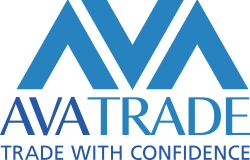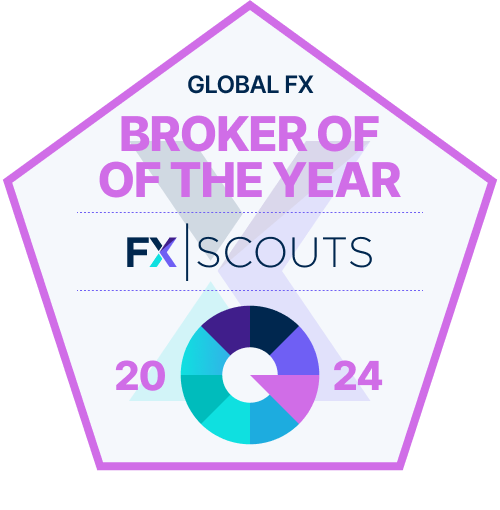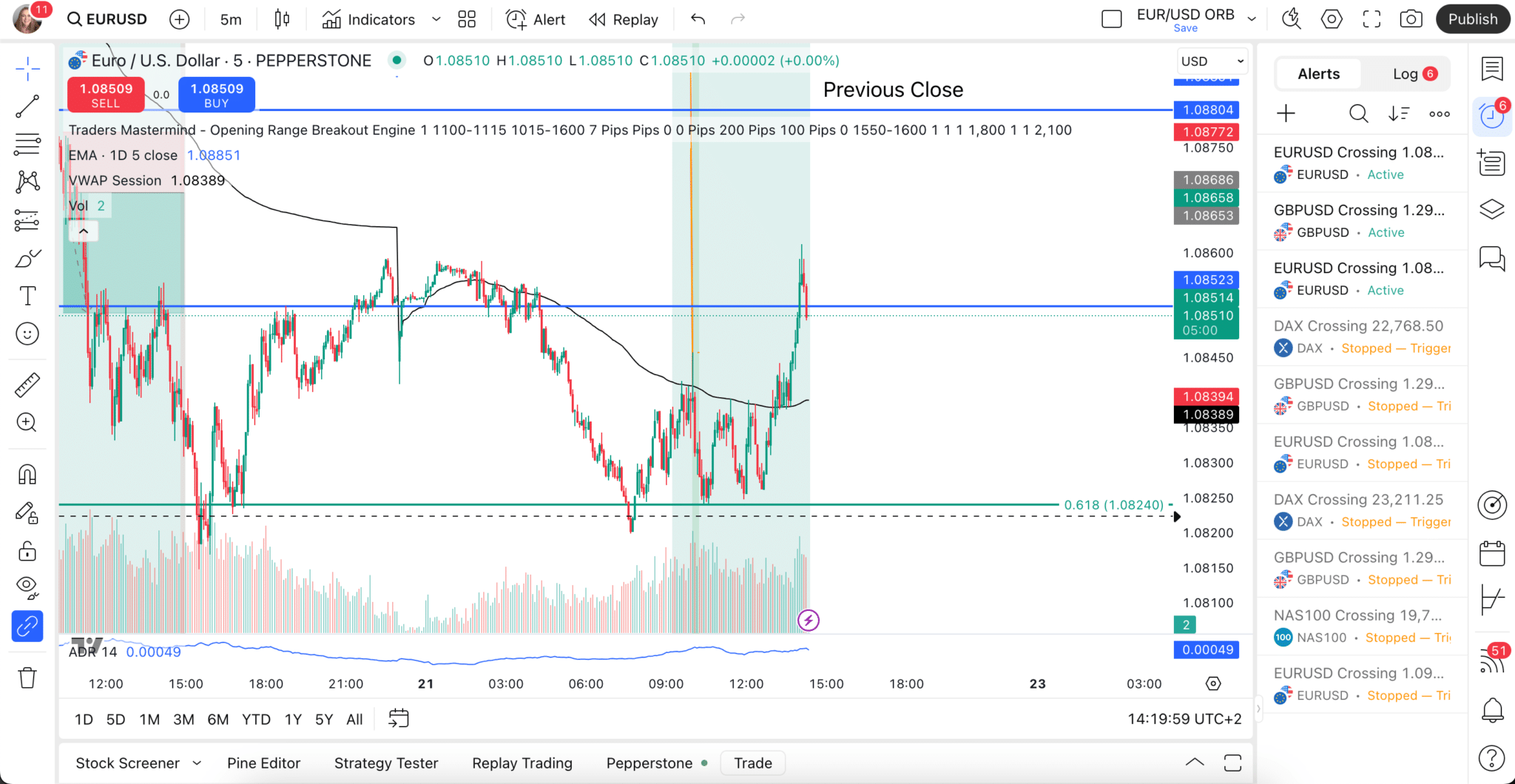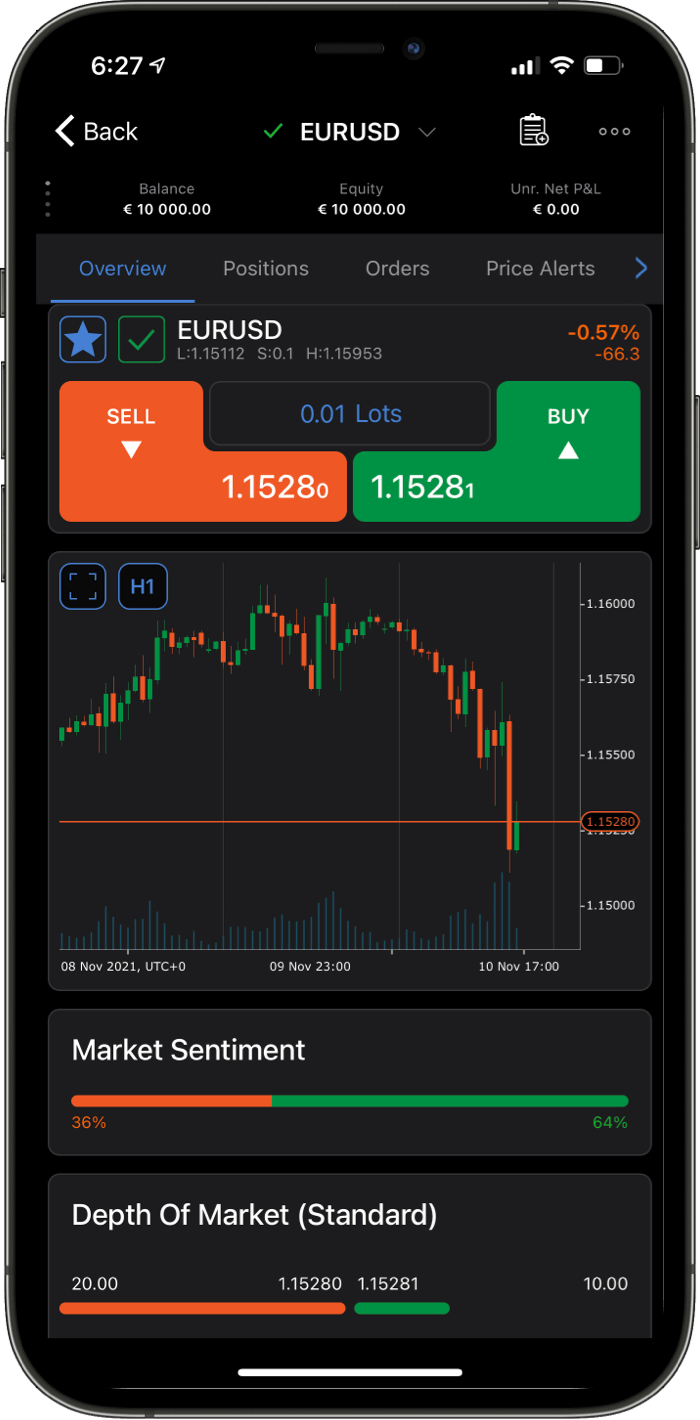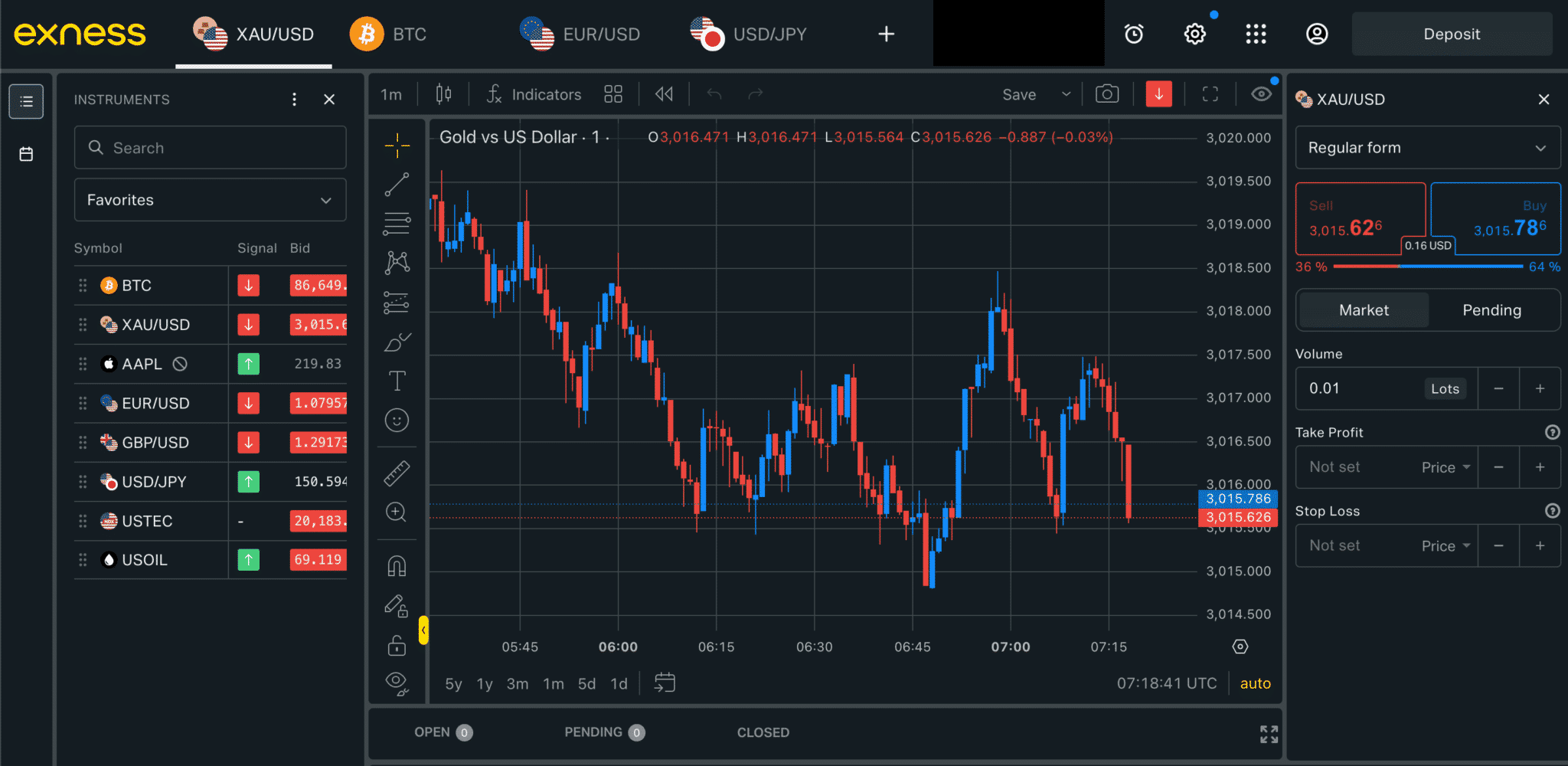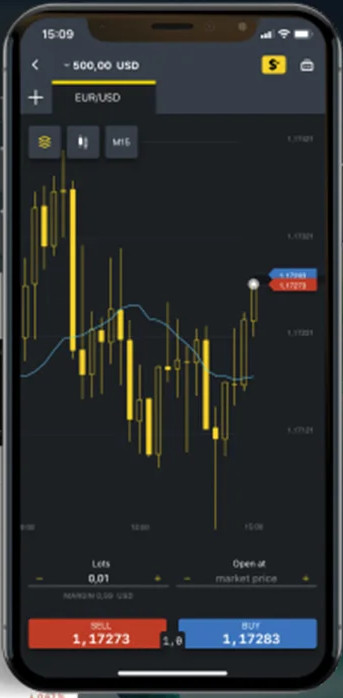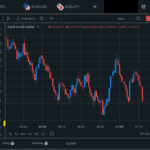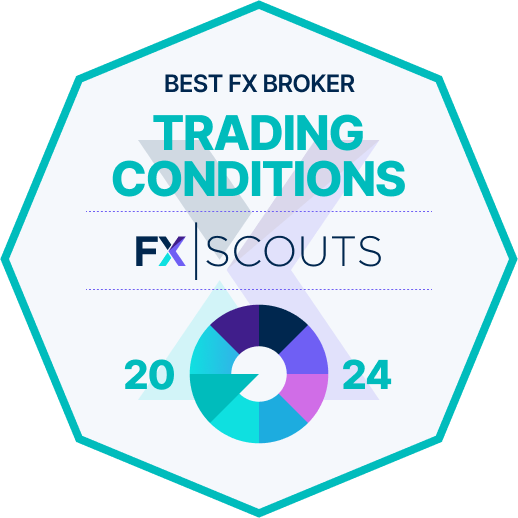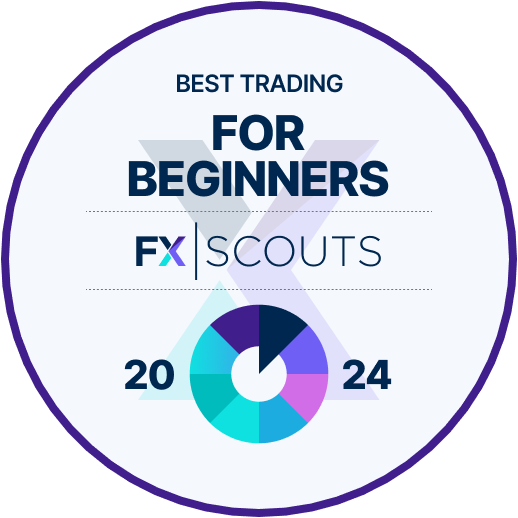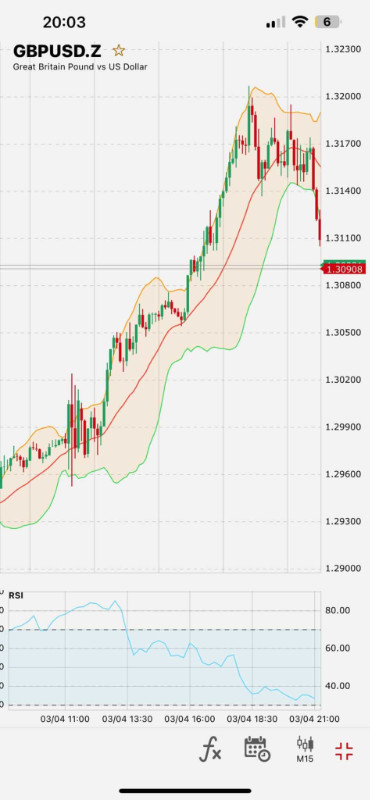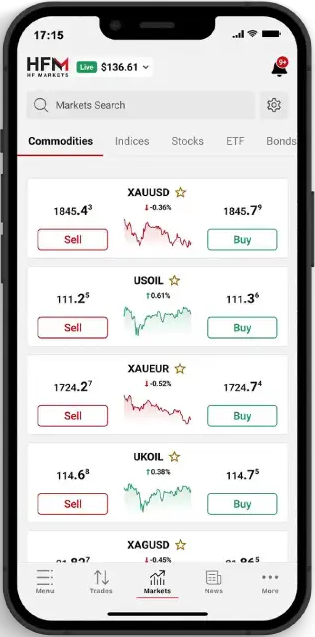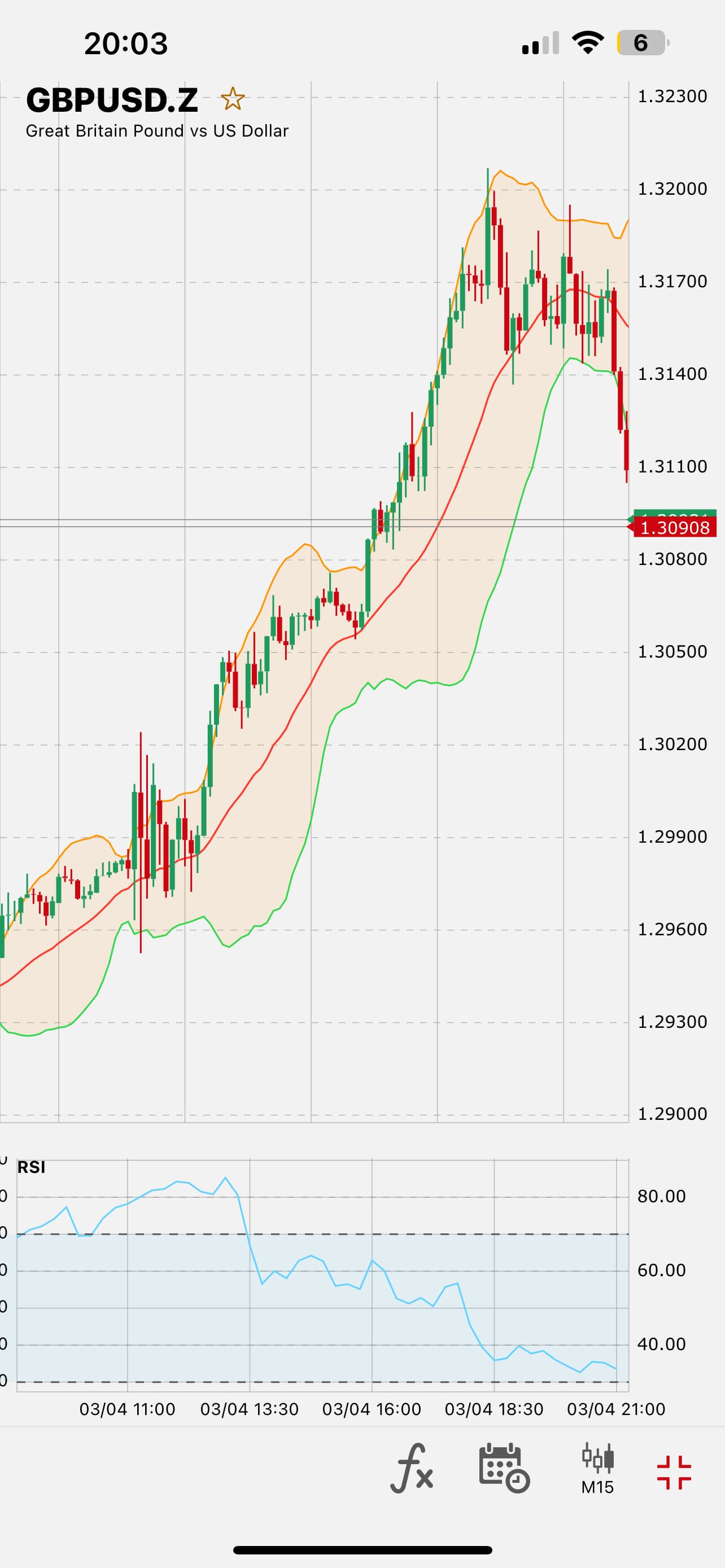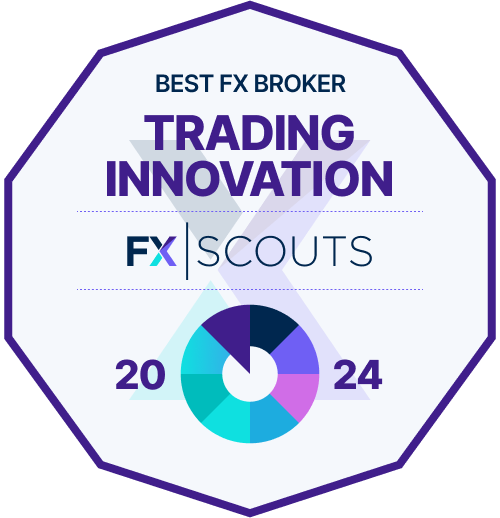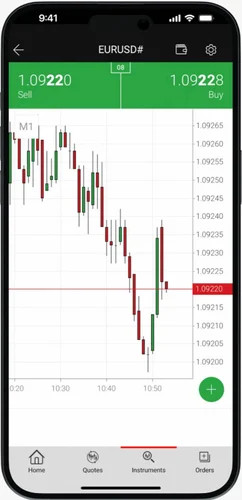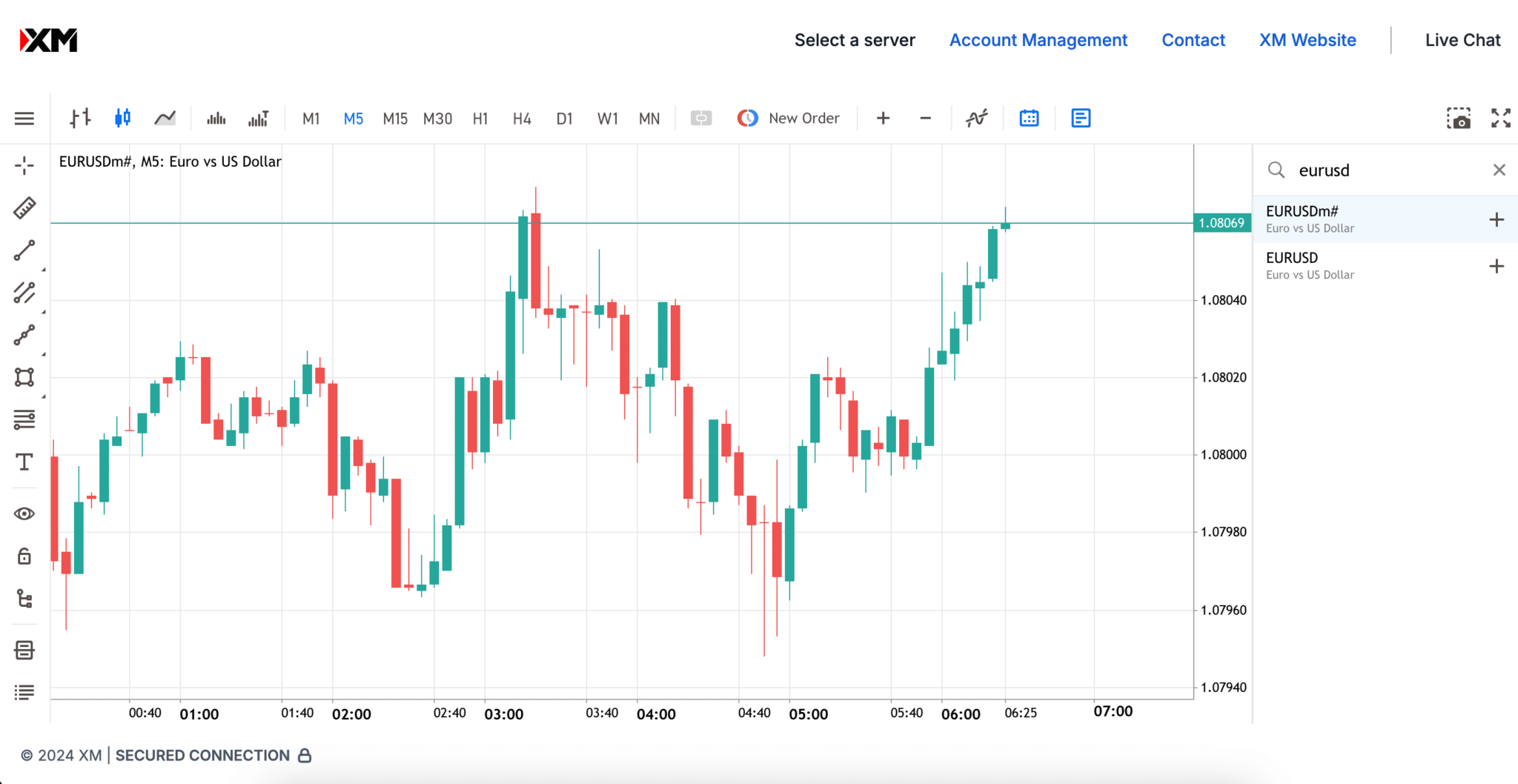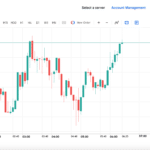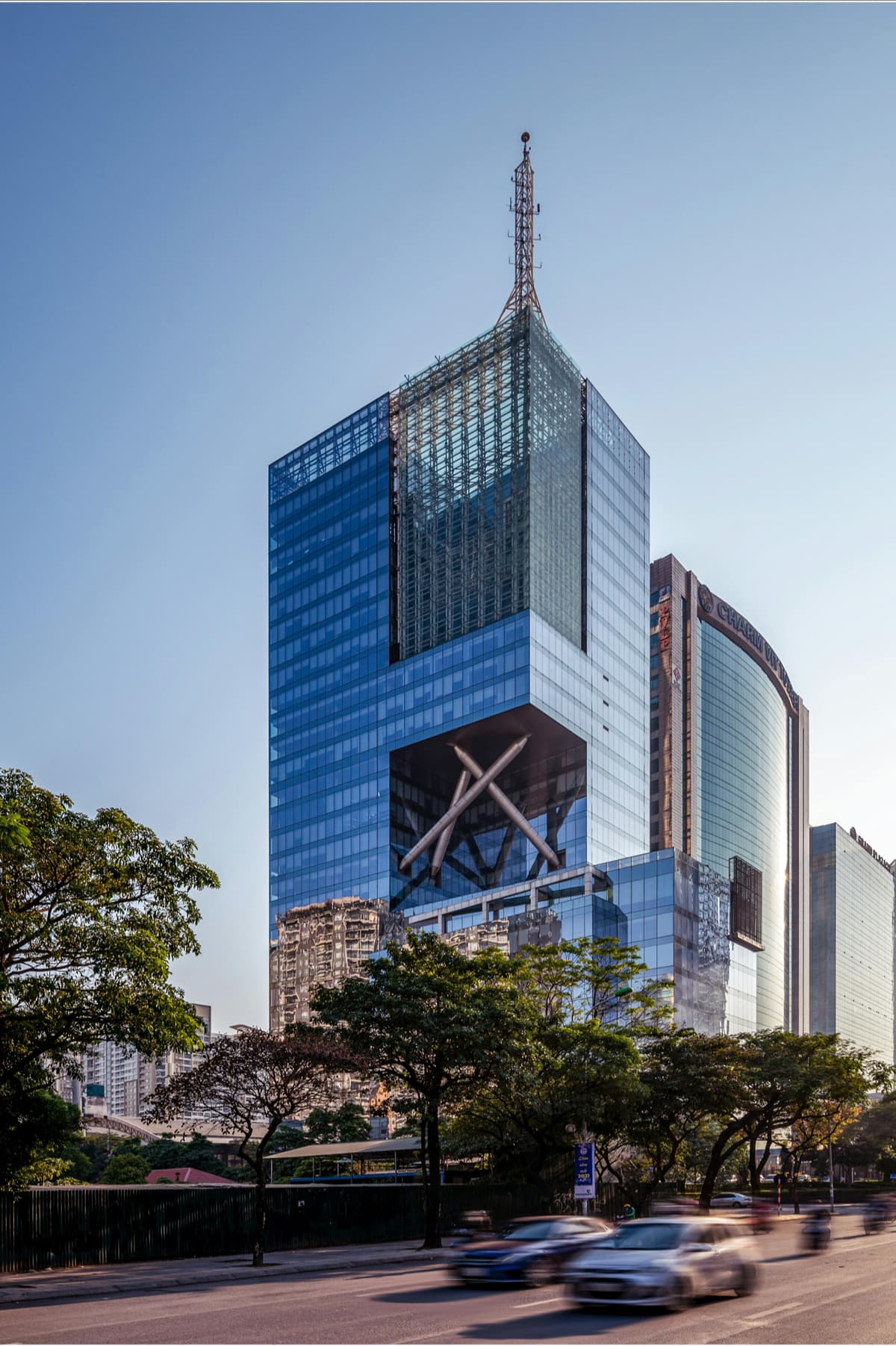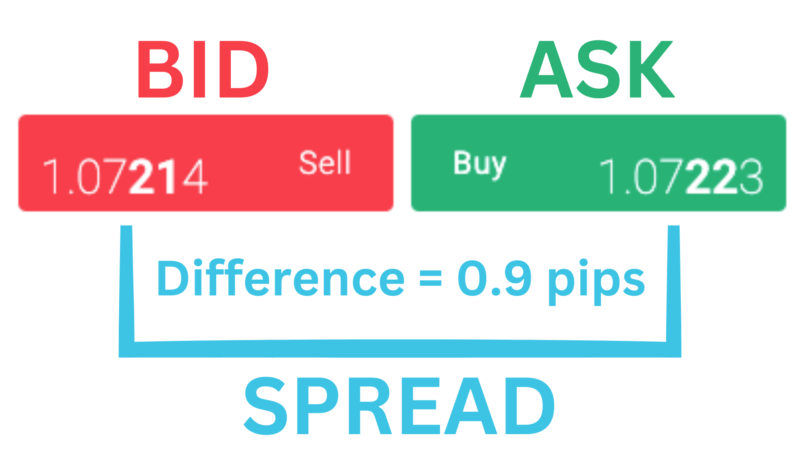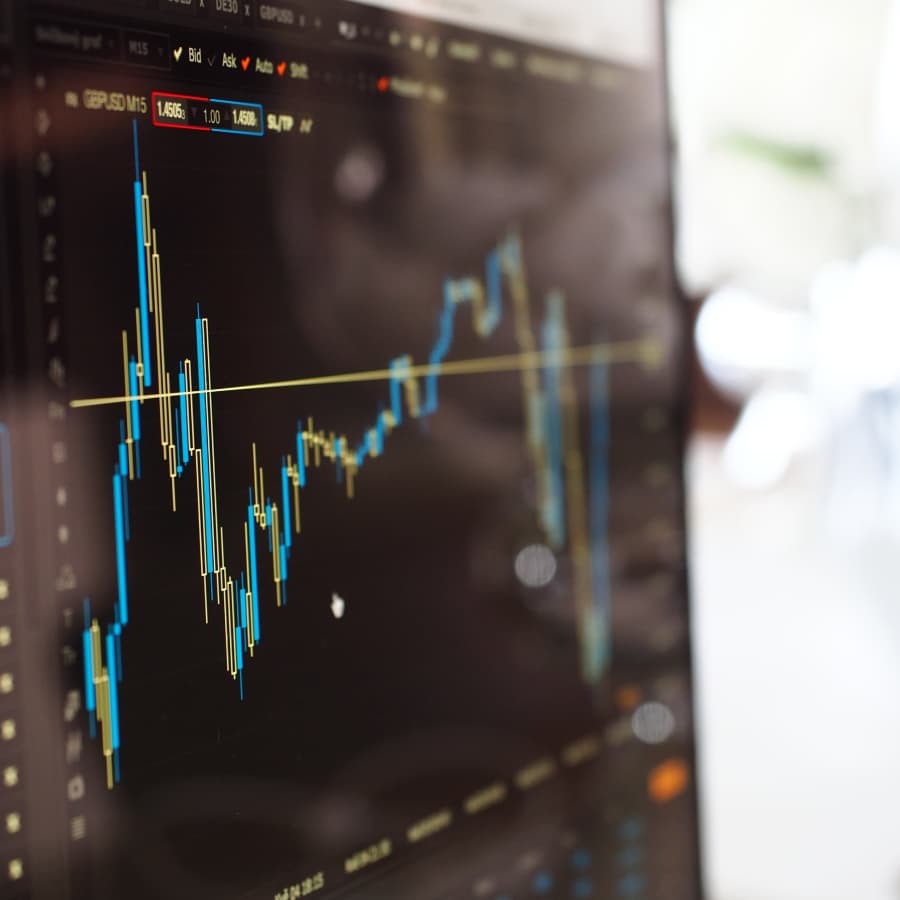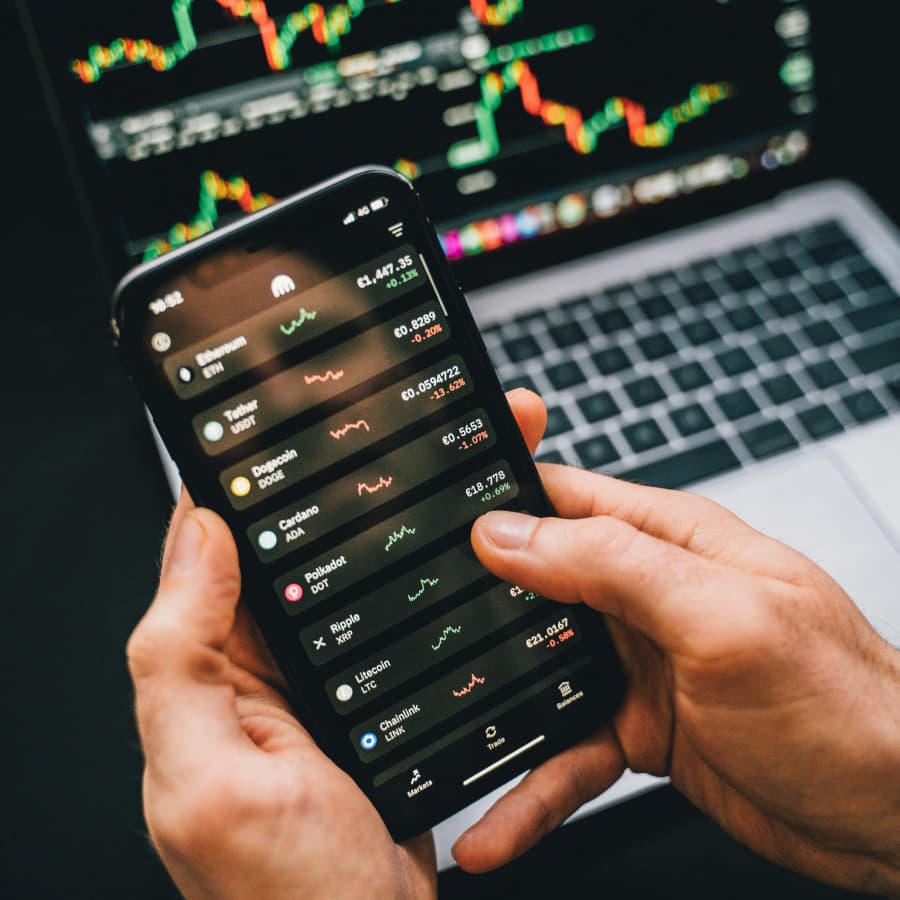What Are the Advantages of Trading With Low Spreads?
Lower Transaction Costs: The spread is the difference between the buy price and the sell price for a particular currency pair. The lower it is, the easier traders can profit from a transaction. This results in lower transaction costs for the trader, especially for those engaged in high-frequency trading, such as day traders or scalpers and can increase the net profit from each trade.
Transparent Pricing: Low spreads coupled with a commission-based pricing model tend to be more transparent. The broker makes money from the commission, and the spreads are closer to the underlying market prices. This can provide a clearer view of the market conditions and facilitate better trading decisions.
What Are the Disadvantages of Trading With Low Spreads?
There are, of course, some downsides to low spreads. The most important disadvantages to using low-spread Forex brokers are the following:
Commissions Can Add Up: If you are a high-frequency trader, commission fees might get expensive as they add up. In these cases, it might be better to go for a higher spread with no commission.
Complex Fee Structure: Understanding and calculating costs can be more complex with a low spread and commission model. Traders need to consider both the spread and the commission in their cost analysis, which can be confusing, particularly for novice traders.
Whether a low spread and commission model is advantageous depends largely on the trader’s strategy and trading frequency. Each trader must understand their own trading habits, calculate their potential costs under different pricing models, and choose the broker that offers the most cost-effective solution for their specific needs.
What Is the Difference Between Fixed and Variable Spreads?
Fixed spread brokers offer spreads that do not change, no matter the market conditions, whereas variable spreads could be lower, but fluctuate throughout the trading day.
In Forex trading, the difference between fixed spreads and variable spreads is important when deciding which broker to trade with. Here’s a breakdown of the main differences:
Fixed Spreads
Consistency: Fixed spreads remain the same no matter the market conditions.
Predictability: Since these spreads don’t depend on the markets, they are predictable for traders. And predictable often means safer.
Market Makers: Fixed spreads are usually offered by market makers, who set both the bid and the ask prices for their clients, taking the opposite side (or the counterparty) of their trades. This means that when the trader wins, the broker loses, and vice versa.
Higher Costs During Low Volatility: While fixed spreads provide stability, when there is low market volatility, they may be higher on average. This leads to potentially higher trading costs.
Variable Spreads
Market Conditions: Variable spreads fluctuate based on market conditions, including liquidity and volatility. This means the spread can be very low during times of high liquidity but can widen significantly during major economic announcements or market uncertainty.
Lower Costs Potentially: During periods of high liquidity, variable spreads can be lower than fixed spreads, potentially reducing trading costs.
ECN/STP Brokers: Variable spreads are often associated with ECN (Electronic Communication Network) or STP (straight-through processing) brokers, who pass the orders directly to liquidity providers without a dealing desk. This means traders are getting real market prices.
The choice between fixed and variable spreads depends on a trader’s strategy, trading style, and risk tolerance. Fixed spreads offer predictability and simplicity, which can be beneficial for beginners or those with straightforward strategies. Variable spreads, on the other hand, can offer lower costs under normal market conditions and are preferred by traders who can manage the risks associated with market volatility.





